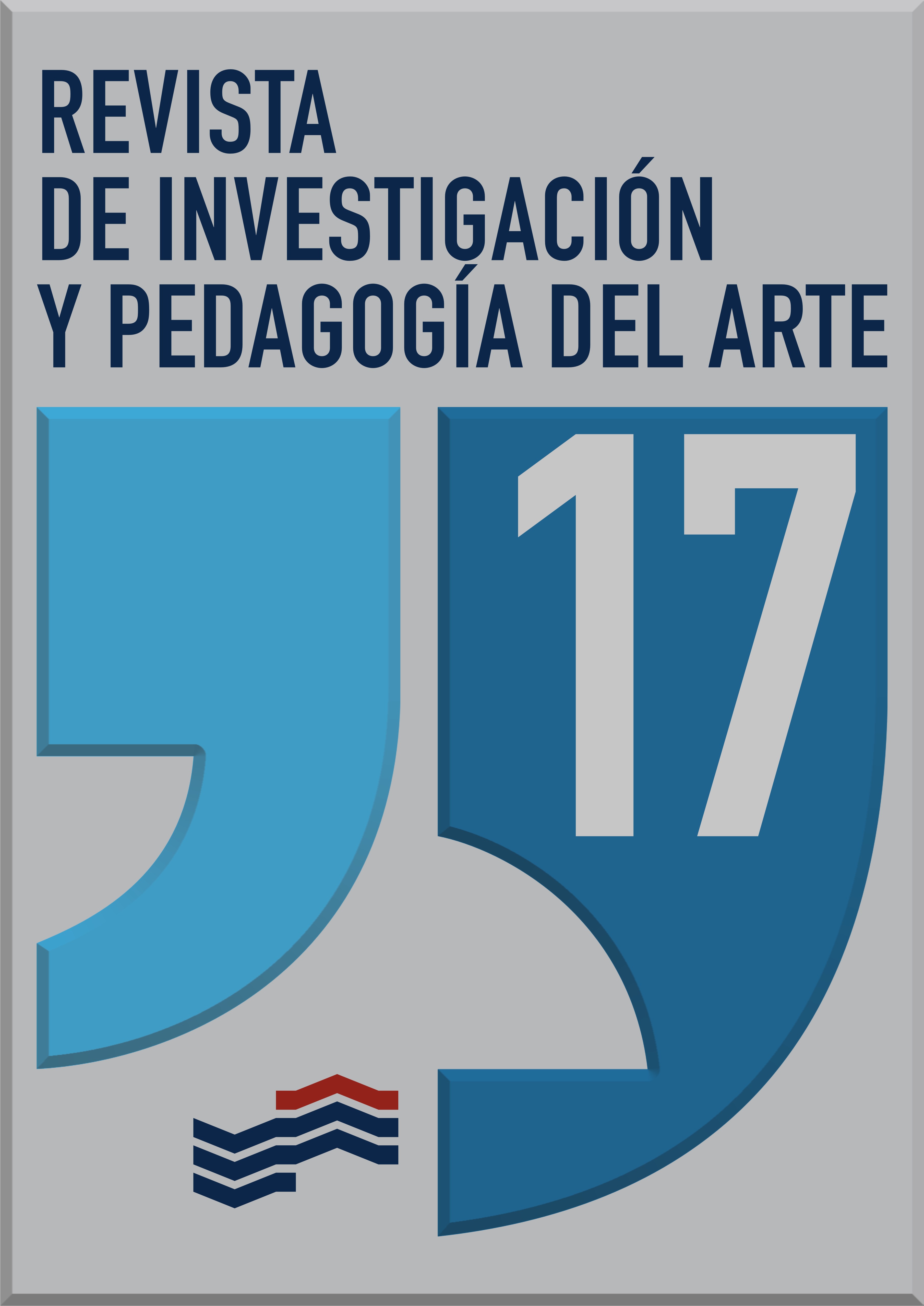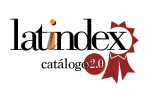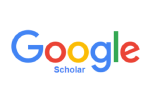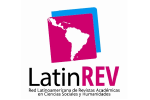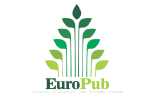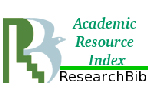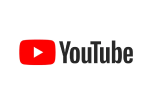A Look at the Presence of ICT in Undergraduate Arts Programs in Colombia
DOI:
https://doi.org/10.18537/ripa.17.02Keywords:
artistic education, higher education, ICT, ColombiaAbstract
This article explores the relationship between higher education in art and the presence of ICT in curricula and professional programs at the national level in visual arts, art, art history, and arts engineering. Using a mixed-methods approach and web content analysis, the study examines 30 undergraduate art programs in Colombia to identify innovative factors, gaps, and how ICT is being used in formal art education settings. The findings reveal that while all 30 programs have opportunities for research and ICT integration, some lack clear dissemination of information, making it difficult to find specific information about visual arts programs. The study highlights the need for further exploration of the impact of ICT on art education and the development of strategies to effectively integrate ICT into art curricula and professional programs.
Downloads
References
Abdel-Aziz, A. A., Abdel-Salam, H., y El-Sayad, Z. (2016). The role of ICTs in creating the new social public place of the digital era. Alexandria Engineering Journal, 55(1), 487-493. DOI https://doi.org/10.1016/j.aej.2015.12.019
Bajardi, A., Porta, S. G. D., Álvarez-Rodríguez, D., y Francucci, C. (2015). Id@rt experience: A transnational blendedlearning project founded on visual culture. International Journal of Emerging Technologies in Learning, 10(2), 17-23. DOI https://doi.org/10.3991/ijet.v10i2.4283
Burke, K. (2021). “How can the creative arts possibly be taught online?” Perspectives and experiences of online educators in n higher education. Asia-Pacific Journal of Teacher Education, 49(3), 347-361. DOI https://doi.org/10.1080/1359866X.2020.1777531
Capasso, V. (2018). Sobre usos de la web vinculados a la producción y enseñanza de prácticas artísticas contemporáneas. Índex, revista de arte contemporáneo, 6, 96-102. SciELO Ecuador. DOI https://doi.org/10.26807/cav.v0i06.144
Creswell, J. (2013). Qualitative inquiry and research design: Choosing among five approaches. Sage publications.
CONPES (2020). Tecnologías para aprender: política nacional para impulsar la innovación en las prácticas educativas a través de las tecnologías digitales. Disponible en: https://colaboracion.dnp.gov.co/CDT/Conpes/Econ%C3%B3micos/3988.pdf
CONPES (2021). Política para la reactivación, la repotenciación y el crecimiento sostenible e incluyente: nuevo compromiso por el futuro de Colombia. Disponible en: https://colaboracion.dnp.gov.co/CDT/Conpes/Econ%C3%B3micos/4023.pdf
Ellis, R. A. (2016). Students’ approaches to groupwork in a blended course, associations with perceptions of the online environment and academic achievement – when is learning engaged? Education and Information Technologies, 21(5), 1095-1112. DOI https://doi.org/10.1007/s10639-014-9370-4
Hernández, R., Fernández, C., y Baptista, P. (2016). Metodología de la investigación. 6ta Edición Sampieri. Editorial McGRAW-HIL.
Jiménez, J. (2002). Teoría del arte. Tecnos.
Loveless, A. (2003). Making a difference? An evaluation of professional knowledge and pedagogy in art and ICT. International Journal of Art and Design Education, 22(2), 145-154. DOI https://doi.org/10.1111/1468-5949.00350
Ministerio De Ciencia, Tecnología E Innovación. (2020). ANEXO 3 La Investigación + Creación: Definiciones y Reflexiones. Disponible en: https://minciencias.gov.co/sites/default/files/upload/convocatoria/anexo_3_-_la_investigacion_creacion_-_definiciones_y_reflexiones.pdf
Ministerio de educación (2017). Grupos de investigación en Colciencias. Disponible en: https://www.mineducacion.gov.co/portal/decadas/214895:Grupos-de-investigacion-en-Colciencias
Ministerio de Educación Nacional. (2019). Orientaciones curriculares para la Educación Artística y cultural en educación básica y media. Disponible en: chrome-extension://efaidnbmnnnibpcajpcglclefindmkaj/https://www.mineducacion.gov.co/1780/articles-411706_recurso_2.pdf
Ministerio de educación (s.f.). Formación Avanzada de Investigadores. Una de las claves para el desarrollo fundamentado en la ciencia, la tecnología y la innovación. Disponible en: https://www.mineducacion.gov.co/1621/w3-printer-235091.html
Neuendorf, K. (2002). The content analysis guidebook sage publications, Inc. In Library of Congress. CA: United States.
Pavlou, V. (2022). Drawing from pedagogy to policy: Reimagining new possibilities for online art learning for generalist elementary teachers. Arts Education Policy Review. DOI https://doi.org/10.1080/10632913.2022.2087813
Quintero-Corzo, J., Molina, A. M., y Munévar-Quintero, F. I. (2008). Semilleros de Investigación: una estrategia para la formación de investigadores. Educación y educadores, 11(1), 31-42. Disponible en: http://www.scielo.org.co/pdf/eded/v11n1/v11n1a03.pdf
Rahmat, M.K., y Au, W.K. (2017). Integrating Technology Into Art Classrooms: Does the Malayssia Visual Art Education Teachers Ready? International Journal of Education, Psychology and Counselling, 2(5), 310-317. DOIhttp://www.ijepc.com/PDF/IJEPC-2017-05-09-24.pdf
Ramli, H., Said, T. S., Hazman, M. N. B., Malek, S. N. A., y Hussin, R. (2019). The development and evaluation of an interactive multimedia module for the topic of art elements of the visual art education subject. International Journal of Innovation, Creativity and Change, 10(6), 246-258. Disponible en: https://www.researchgate.net/publication/338448433_The_Development_and_Evaluation_of_an_Interactive_Multimedia_Module_for_the_Topic_of_Art_Elements_of_the_Visual_Art_Education_Subject
Rojas, D. P. (2016). Por qué enseñar arte y cómo hacerlo. Caja de herramientas de Educación Artística. Santiago, Chile. Recuperado de: http://www. cultura. gob. cl/wp content/uploads/2016/02/cuaderno2_web. pdf.
Secretaría de Educación del Distrito (2014). Currículo para la excelencia académica y la formación integral Orientaciones para el área de Educación Artística. DOI https://repositoriosed.educacionbogota.edu.co/bitstream/handle/001/962/EDUCACION_ARTISTICA.pdf;jsessionid=8B4A4EBC63A769AC21AEC0D02FA6AD82?sequence=1
UNESCO (2013). Creative economy report 2013: Special edition: Widening local development pathways. UNCTAD. Disponible en: https://en.unesco.org/creativity/publication/creative-economy-report-2013
Published
Issue
Section
License

This work is licensed under a Creative Commons Attribution-NonCommercial-ShareAlike 4.0 International License.

